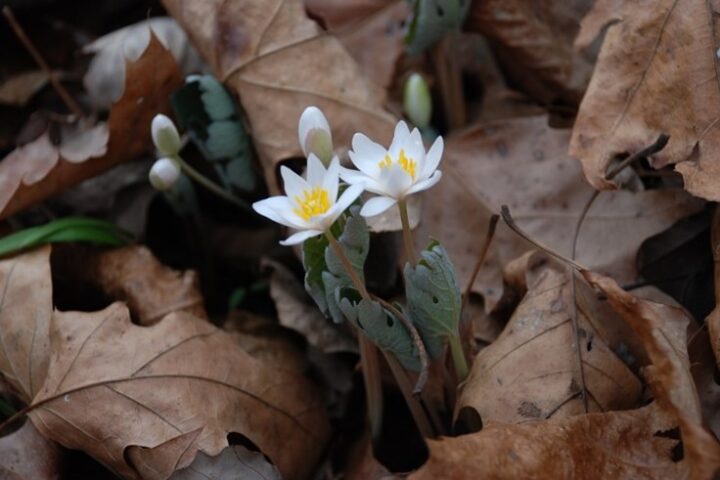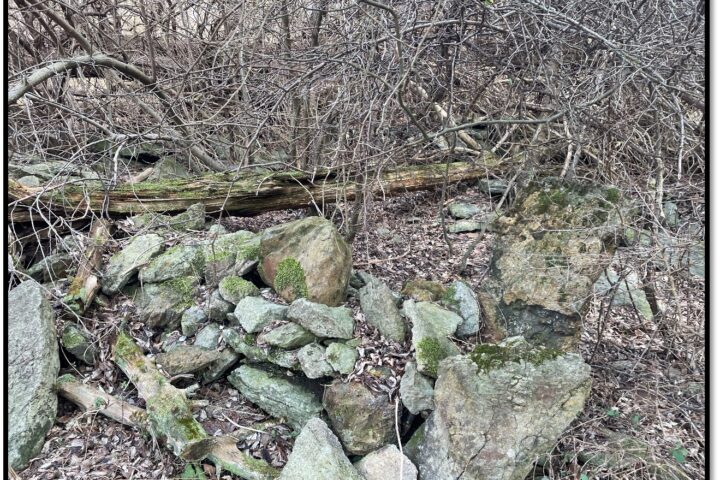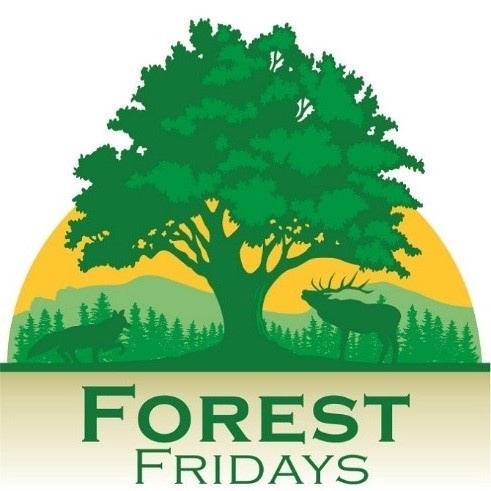
by Ryan Reed
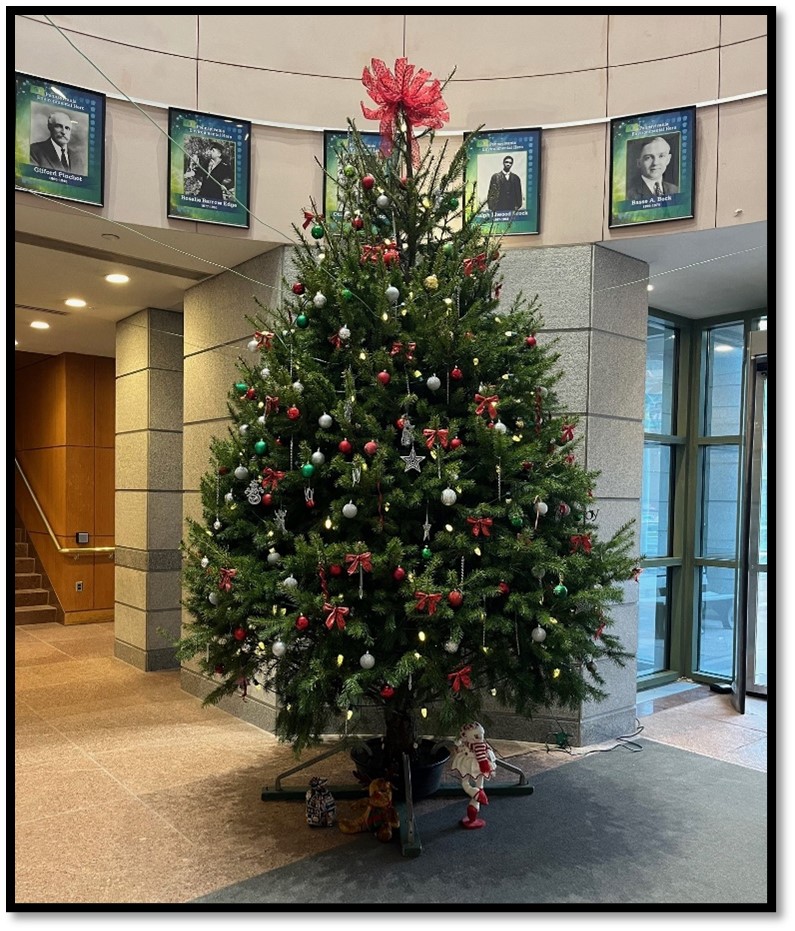
This 12-foot Douglas fir in the Rachel Carson State Office Building was sourced from a farm in Harrisburg, PA.
For those who celebrate Christmas, an enduring tradition is the beloved Christmas tree. Every year in Pennsylvania, just over one million evergreens are cut and sold during the Yuletide season.
Christmas trees are big business in the Commonwealth, accounting for approximately $30 million in sales and an estimated 4,000 jobs. Coming in fourth behind Oregon, Washington, and Michigan, Pennsylvania is said to contribute about four percent of all Christmas trees produced annually in the nation.
The Keystone State reportedly is home to roughly 1,300-1,400 Christmas tree farms, where Douglas and Fraser firs lead the pack in terms of popularity. Other popular species include concolor fir, balsam fir, white spruce, blue spruce, and Norway spruce.
Pennsylvania is also the range of several native species that are (or have been) used as Christmas trees. These species include white pine, red pine, balsam fir, eastern red cedar, and Virginia pine.
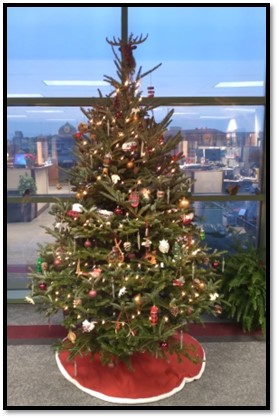
Beautiful Fraser fir on the 7th floor, Rachel Carson State Office Building.
On some federally managed forestlands, you are allowed to cut a Christmas tree if you obtain a permit. This is not the case in Pennsylvania, where cutting trees is illegal on state and federally owned lands.
As one who has toiled in more than a few different tree nurseries, I can vouch for the fact that it takes a lot of work to get a Christmas tree to market. A rule of thumb is that it takes about one year for each foot of growth. Most Christmas trees are sold at about seven to 10 years old, and much labor is invested in each tree throughout the growth process. Common tasks include weeding (invasive vines and other weeds can be very problematic), watering, fertilizing, spraying, and trimming. If you manage to get a tree to a saleable size without it becoming irreparably damaged by a rubbing buck, frost, or insect attack, more work follows in the form of cutting, loading, transporting, wrapping, standing, and making transaction of sale. It truly is a long-term commitment.
The robust Christmas tree economy in Pennsylvania adds a significant component to our agricultural portfolio, and importantly, provides a monetary incentive for preservation of open, green space. I’m thankful for the collective efforts of all of Pennsylvania’s Christmas tree growers who provide this beautiful resource for the enjoyment of millions of Pennsylvanians.
Forest Fridays is published weekly by the Pennsylvania Department of Conservation and Natural Resources’ Bureau of Forestry.


